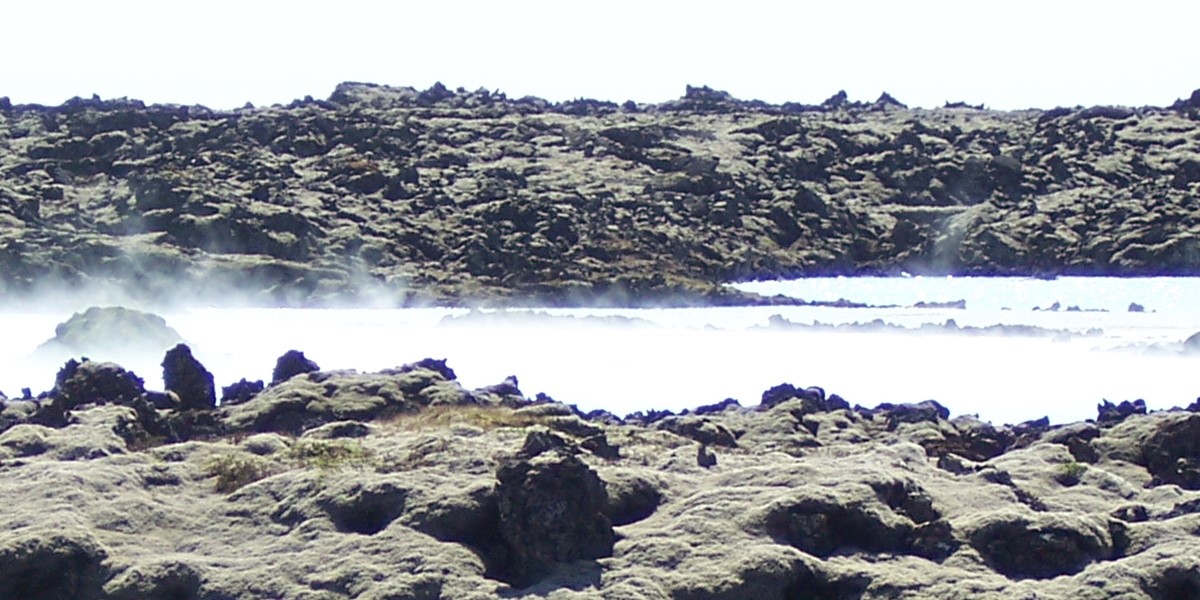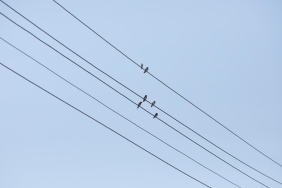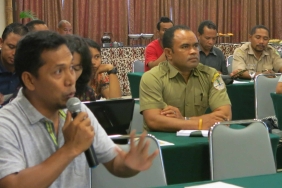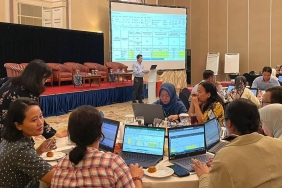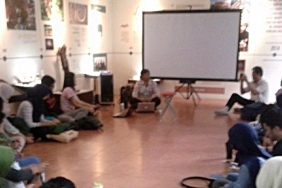TOWARDS A CENTER OF EXCELLENCE FOR GEOTHERMAL UTILIZATION IN SUMATRA
By: Hijrah Nasir
Located at the Whiz Prime Hotel in Bandar Lampung, Tuesday (20/12/2016), Rumah Kolaborasi and WWF-Indonesia held a workshop entitled, "Semiloka Hasil Kegiatan RUKO (Baseline) dan Launching Lampung Towards Center of Excellence Geothermal Utilization Sumatra (Building Coalition for Direct Use)." Present at this activity were representatives from the Ministry of Energy and Mineral Resources of the Republic of Indonesia, Head of the Lampung Province Mining and Energy Office, Climate and Energy Manager from WWF Indonesia, Representatives from Pertamina Geothermal Energy (PGE), PKH Batutegi, related agencies, and several CSOs in Lampung. The workshop aimed to encourage Regional Regulations related to direct geothermal utilization in the Ulubelu area of Tanggamus. In one of the sessions, seminar participants also conducted a teleconference with the Ulubelu community with assistance from the DEDEMIT group (Desa-Desa Melek IT).
"The importance of implementing this activity is as a form of commitment from the government, private sector, and NGOs in encouraging the direct utilization of geothermal energy for the welfare of the community around the area. Direct utilization here is all non-electric utilization of geothermal energy." Explained Mr. Warsito in his speech as Chairman of RUKO.
Indonesia is placed as one of the owners of the largest geothermal energy potential in the world which reaches 28,617 megawatts (MW) or about 40 percent of the world's total potential spread across 299 locations. Geographically, most geothermal resources are located in Sumatra (12,760 MW), Java (9,717 MW), Sulawesi (3,044 MW), Nusa Tenggara (1,451 MW), Maluku (1,071 MW), Bali (354 MW) and in other areas (220 MW).
Lampung Province itself, especially Ulubelu, is one of the areas with the largest geothermal potential in Indonesia with a total of 2,580 MW identified in 13 Geothermal Potential Points. Therefore, since 1996, Pertamina Geothermal Energy began operating in this area. Even so, until now only 165 MW can be utilized for power generation.
The characteristics of geothermal energy, including clean, environmentally friendly, renewable, non-exportable, free from the risk of rising fossil fuel prices, independent of weather, suppliers, availability of transportation and loading and unloading facilities in fuel supply, and does not require extensive land are some of the advantages of developing geothermal energy.
Therefore, WWF supports and encourages the management of geothermal energy as renewable energy by carrying out WWF's global energy sector vision of 100% sustainable renewable energy by 2050 through the "Ring of Fire" program which aims to accelerate the development and utilization of sustainable geothermal energy in Indonesia and the Philippines.
However, the management of geothermal energy is not without problems. One of them is because the location of geothermal potential in volcanic areas is usually associated with forests. Data from the Directorate General of New Renewable Energy and Energy Conservation of the Ministry of Energy and Mineral Resources (MEMR) in 2010 states that the geothermal potential located in conservation forest areas is 41 points with a capacity of 5,935 MW, in protected forest areas (46 points) with a potential of 6,623 MW, and in production forest areas (37 points) with a potential of 3,670 MW.
Until now, geothermal development in forest areas still faces many obstacles, especially the unsynchronized government regulations in the energy and forestry sectors. The MEMR is still trying to revise Law No. 27 of 2003 on Geothermal, while the Ministry of Forestry is still trying to revise Law No. 5 of 1990 on Conservation of Natural Resources and Ecosystems (KSDAHE).
In the discussion, the Directorate of Geothermal, Ministry of Energy and Mineral Resources explained that it is expected that before the second semester of 2017, the RPP on direct utilization has been ratified which will then become the basis for issuing government regulations and regional regulations. The government hopes that the utilization of geothermal energy will still pay attention to the environment. For communities around the geothermal exploration area, the government continues to encourage PGE so that the realization of CSR from PGE prioritizes community needs. For 2017 CSR from PGE amounted to 1.3 M with a realization of 744 million.
While WWF Indonesia, represented by Climate and Energy Manager, Indra Sari Wardhani said that geothermal is a concern for WWF because the goals of WWF Indonesia and global programs are to encourage renewable energy which is quite ambitious, namely 100% renewable energy by 2050.
"In terms of energy security, dependence on fossils has a negative impact on the environment because it produces high emissions. On the other hand, the utilization of geothermal energy is lower in emissions. However, it is unfortunate that the huge geothermal potential in Indonesia is not so developed because the area is naturally located in the forest. there are limitations due to unsynchronized regulatory factors. Another challenge is the community's resistance to geothermal energy due to their ignorance. So that the direct use of geothermal energy can be used as a potential to increase the social acceptance of the community. There are 2 possibilities of direct use, namely increasing the productivity of the community, especially those living around geothermal power plants, for example for drying coffee and geothermal manifestations can be utilized as tourist sites. The local government should develop a RAPERDA for direct use. Therefore, since 2016 WWF Indonesia has collaborated with RUKO to encourage the capacity building of CSOs and communities around the geothermal power plant area. Currently WWF and RUKO are developing catchments for Lampung's food security, energy and tourism."

